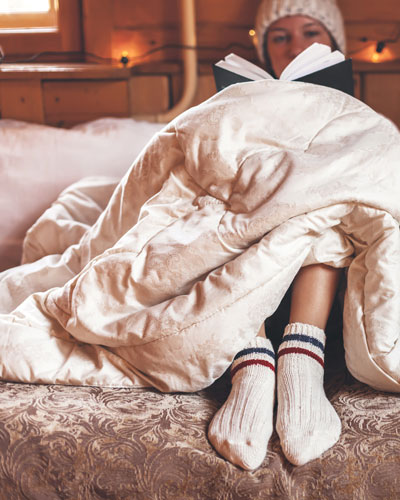It’s safe to say that every homeowner in Wisconsin wants a holiday season where they can stay warm in their homes, secure from any pests. If you have an active infestation, you can count on Batzner Pest Control for residential or commercial pest control. But what if you want consistent protection that works without you having to lift a finger? And what if you want that protection to also work in keeping your home warmer in the winter and generally more efficient? Luckily, for homeowners in our area, there’s an answer to problems like these in the form of TAP insulation. TAP, when properly installed by a professional like the team at Batzner, can play a major role in your pest control and home insulation. And all in one simple material!
What is TAP® Pest Control Insulation?
TAP stands for Thermal Acoustical Pest control insulation. It’s made from 85% recycled cellulose that’s chemically treated and then blown into your attic or wall voids. We can easily install it over existing insulation. What makes TAP insulation so unique from other forms of insulation is that it’s coated in a layer of borate. These mineral salts are low-toxic for humans and larger animals. However, if a pest gets in contact with it, they will ingest it while grooming themselves. This will inevitably result in them dying of dehydration or malnutrition. Because of that, TAP insulation is proven in being a quality pest control tool that works 24/7 with no needed assistance.
TAP® Insulation Benefits
The main benefit of TAP is its ability to kill a variety of pests. It’s an incredibly durable material that doesn’t lose effects over time, and if not damaged it can last 100 years. By installing TAP installation, you can actively exterminate:
- Ants
- Cockroaches
- Earwigs
- Silverfish
- Snails
- Stink Bugs
- Termites, including Formosan termites.
Aside from being a permanent pesticide, TAP also functions as one of the best insulations on the market. Compared to other materials it is 32% more efficient at keeping you warm in the winter and cool in the summer. With the proper degree of insulation, your HVAC devices will run better and with less energy. This can save you money and ultimately extend the lifespan of your heating and cooling devices. That way you’re getting consistent coverage and protection for your home throughout the year.
TAP® Insulation with Batzner Pest Control
TAP insulation is a great way to protect your home at all times, especially in places you can’t see, like your attic. And it’s easy to add with Batzner Pest Control. Our team has comprehensive, ongoing training to stay on the cutting edge of pest control. Whether you want treatment now or protection for the foreseeable future, you can trust us to get the job done right. Contact us today to get started!

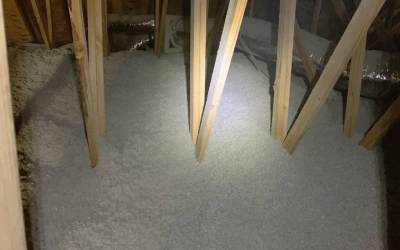
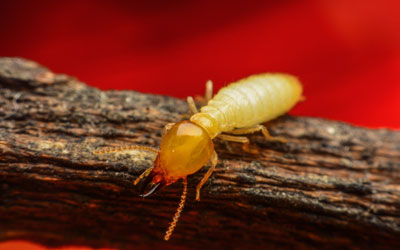
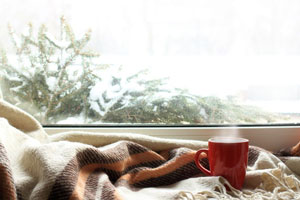
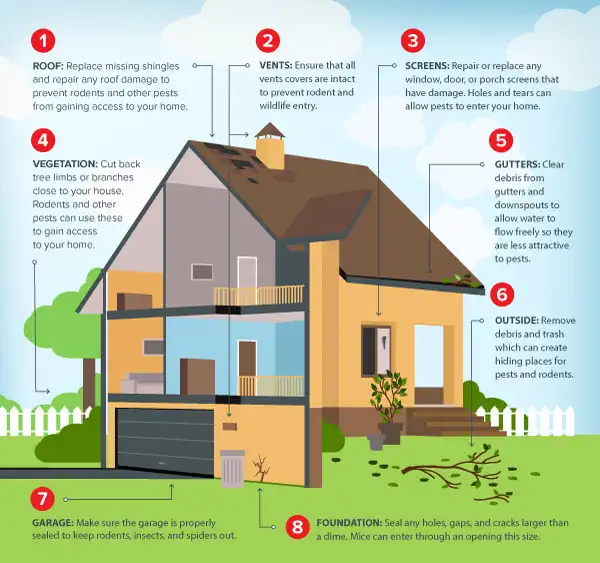 Mice are infamous for squeezing through tiny spaces—even holes the size of a dime. For this reason, it’s crucial to thoroughly inspect your home for openings that may welcome rodents indoors in the winter.
Mice are infamous for squeezing through tiny spaces—even holes the size of a dime. For this reason, it’s crucial to thoroughly inspect your home for openings that may welcome rodents indoors in the winter.